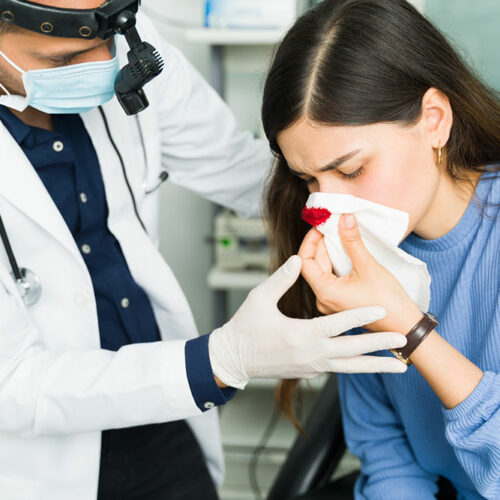Causes and types of hemophilia in children

Hemophilia is a bleeding disorder usually inherited from a parent. Children with the condition cannot stop bleeding because their blood does not have enough of the clotting factor. Two of the common factors that affect blood clotting are factor VIII and factor IX, the lack of which can result in hemophilia. While typically a genetic disorder, hemophilia can manifest in different forms, and the severity of symptoms may differ accordingly. Here is everything to know: Causes As hemophilia is an inherited disease, it is typically passed on from parents to children through a gene in the X chromosome. Based on the fact that the females carry two X chromosomes, while males carry X and Y chromosomes, here is how the inheritance works: – When a female carrier has the hemophilia gene in one of the X chromosomes, there is a 50/0 chance that this chromosome is transferred to the baby when the female conceives. If the gene is passed down to a son, the son will have the disease; however, when the gene is passed down to a daughter, she will be a carrier of the disease. – Alternatively, when the father has hemophilia, but the mother does not, then a son will not inherit hemophilia disease, but all the daughters will be carriers.






